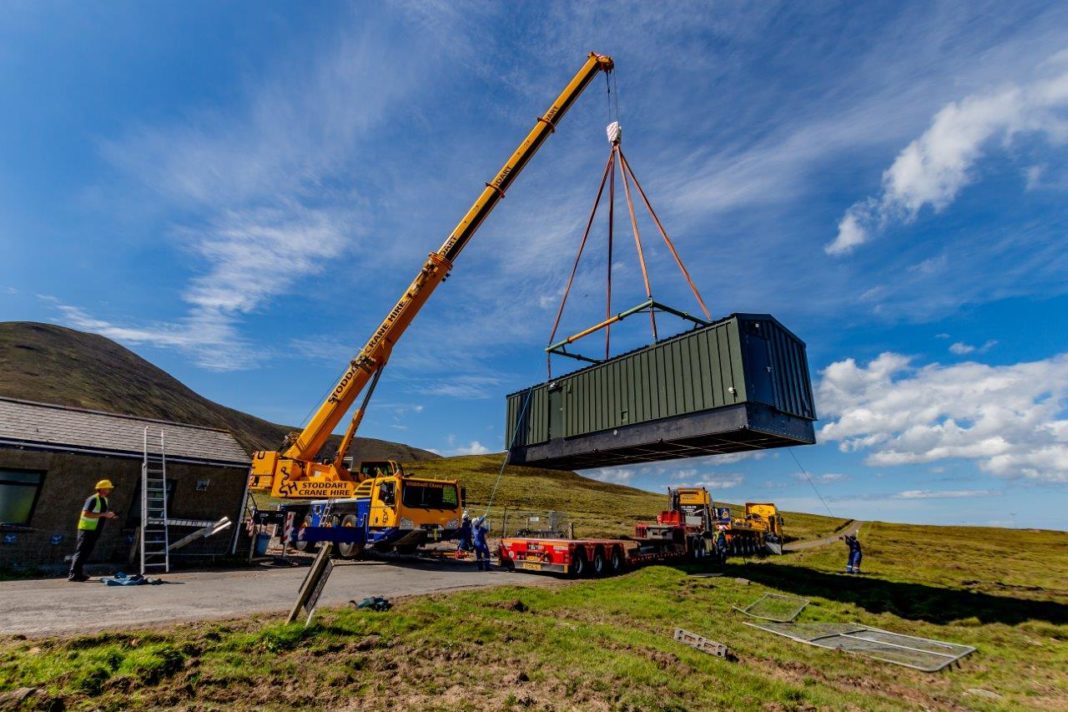
SEVEN firms have been appointed to form a new delivery vehicle to support Scotland’s water and wastewater services in a deal worth up to £5 billion.
Clancy, Galliford Try Infrastructure Ltd (Morrison Construction), George Leslie Ltd, RWGM Joint Venture, Ross-shire Engineering, WGM Engineering & Boulting Ltd, and Morrison Water Services have been appointed to the programme by Scottish Water.
The companies will carry out essential work across key elements of Scottish Water’s operational services and the capital investment portfolio. The period of work spans the next six years, with a six-year extension option thereafter.
Known as delivery vehicle 2 (DV2), the utility firm said that the programme will operate as a single entity to maximise collaboration, consistency and integration to help meet net zero emissions targets, efficiency and supply chain support.
The range of work covers repair, refurbishment and replacement works, covering mechanical, electrical, engineering, civil engineering, construction and maintenance services.
Mark Dickson, Scottish Water’s director of capital investment, said, “This represents a significant milestone in the delivery of our service and investment activity. The companies and joint ventures appointed to carry out this work on behalf of Scottish Water will play a vital role in ensuring customers have the most resilient network which brings them water and removes and treats waste water daily.
“The procurement itself has been a lengthy and rigorous process – the biggest we have ever undertaken. The team at Scottish Water is looking forward to working with our partners to progress our ambitious plans for the next decade and beyond.”
Douglas Millican, Scottish Water’s chief executive, added, “We set out our strategic ambitions for the future of the country’s water and waste water services in the face of unprecedented challenges from climate change and ageing infrastructure in February 2020.
“Partners will play a critical role in helping us achieve the change needed, on the scale and speed required to meet the dual challenges of providing services the public can rely on and addressing the impact of a changing world climate on our infrastructure.”










